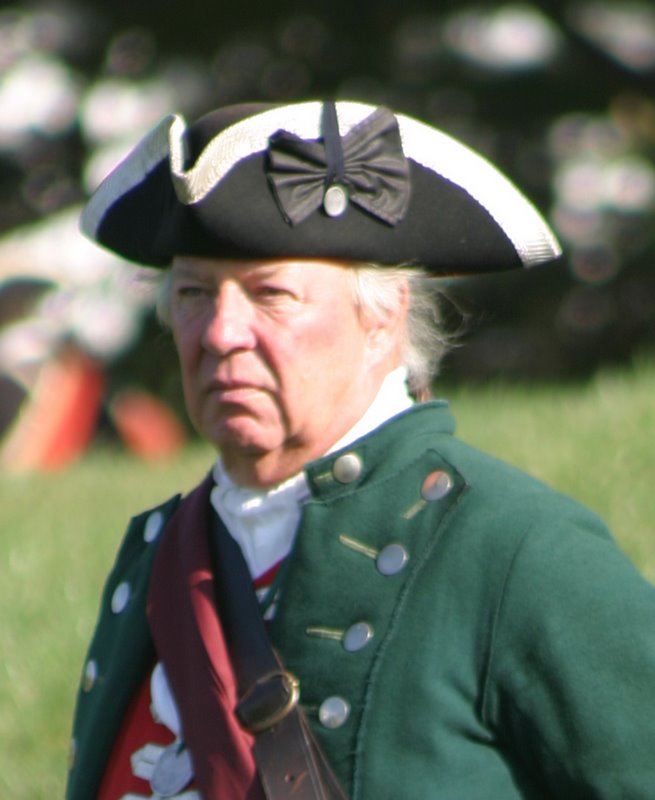|
|
.
The relations between the Indians and the whites were commercial long before they turned domestic. Alcohol, guns and ammunition did not provide the eighteenth century with the thrilling adventures people often imagine today; instead, the trading of these commodities provided food, protection, and a means of survival. Shamokin was the heart of such trade. Being centered at the crux of the north and west branches of the Susquehanna River, men journeying northward on their way to the Allegheny region had no choice but to stop in Shamokin and the Indians knew this. Therefore when the Indians were short on supplies or had something to get rid of, Shamokin was the place to be.
|
 An Observation by an Indian in 1687
An Observation by an Indian in 1687 |
The first Englishman to live at the confluence of the North and West branches and work as a trader was John Skull. Although a formal building was never built, ‘John Scull’s Store’ is pictured on the east bank of the main river on Isaac Taylor’s 1701 map of Pennsylvania.
There was also an Indian trading house established within Fort Augusta in 1757 in an attempt to facilitate fur trade with the Native Americans. However in 1763, when active military operation suggested that the fort might be attacked, it was declared that no man, woman, or child was allowed on the ramparts and no soldiers were to have dealings with the Indians. Therefore the trading house was closed. Both sides of the Susquehanna were attacked at this time, but the fort was never touched.
For the most part trading between the Indians and the Europeans was a friendly affair. The only problems occurred when alcohol became involved. In 1731, when the rum trade seemed out of control Shikellamy threatened that “friendly relations would have to be terminated between the Indians and the Whites” (Everts and Stewart, 27). “These people who sell it have no eyes,” another chief said. “Now there is a people called Quakers who have come to live among us that have eyes; they see it to be for our hurt; they are willing to deny themselves the profit of it for our good. These people have eyes” (Dunkel, 207). Alcohol was, in fact, what created fissures between Shikellamy and his Delaware subjects. It led to the downfall of an otherwise friendly relationship between Shikellamy and Chief Allummapees. |
|
|
/SusquehannaRiver.jpg)




